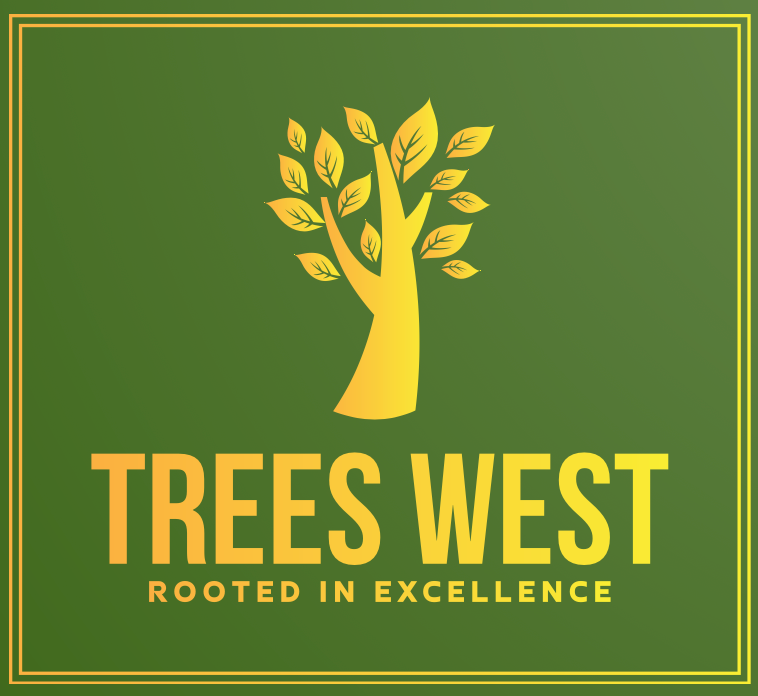Stump Grinding vs. Stump Removal: Which Is Right for You?
When a tree is cut down, you’re left with an unsightly stump that can become a tripping hazard, attract pests, or ruin your landscaping plans. But the big question is: Should you grind the stump down or remove it entirely? The answer depends on your long-term plans, budget, and landscaping goals.
In this guide, we’ll break down the key differences between stump grinding and stump removal, covering the pros and cons of each option. By the end, you’ll know exactly which method suits your needs best.
What Is Stump Grinding?
Stump grinding is a process that involves using a specialized machine to grind the stump into wood chips. The grinder reduces the stump down to just below the surface, allowing you to cover it with soil, sod, or mulch.
Pros of Stump Grinding
✅ Quicker and Less Invasive – The process is faster than stump removal and doesn’t require heavy machinery to dig out the entire root system.
✅ More Affordable – Stump grinding is typically cheaper than full stump removal since it involves less labor.
✅ Eco-Friendly – The wood chips produced from grinding can be repurposed as mulch for your garden.
✅ Prevents Major Yard Damage – Unlike stump removal, this method doesn’t leave a massive hole in your yard.
Cons of Stump Grinding
❌ Roots Remain – Even though the stump is ground down, the roots are still in the soil and may take years to decompose.
❌ Potential for Regrowth – In some cases, new shoots may sprout from the remaining root system.
❌ Can Attract Pests – If not properly covered or treated, decaying wood chips can become a breeding ground for termites and fungi.
What Is Stump Removal?
Stump removal is a more intensive process that completely eliminates the stump and root system. This is done by digging out the stump and pulling up the roots, leaving a clear space for replanting or construction.
Pros of Stump Removal
✅ No Future Growth – Since the entire root system is removed, there’s zero chance of new shoots sprouting.
✅ Ideal for Replanting – If you plan to plant new trees, bushes, or gardens, this method ensures no leftover roots interfere with growth.
✅ No Pest Issues – Without leftover wood or decaying roots, pests like termites and fungi won’t be an issue.
Cons of Stump Removal
❌ Expensive – Stump removal typically costs more due to labor and equipment needed.
❌ More Time-Consuming – Because it involves digging up the roots, the process can take much longer than grinding.
❌ Damages Your Yard – The removal process leaves a large hole that may require additional landscaping to fix.
Stump Grinding vs. Stump Removal: Cost Comparison
How Much Does Stump Grinding Cost?
The cost of stump grinding depends on the size and location of the stump. On average:
• Small stumps (12 inches or less) – $75 to $150
• Medium stumps (12-24 inches) – $150 to $300
• Large stumps (24+ inches) – $300 to $600
How Much Does Stump Removal Cost?
Since stump removal is more labor-intensive, expect to pay:
• Small stumps – $150 to $300
• Medium stumps – $300 to $600
• Large stumps – $600+
If roots are extensive, removal costs can go even higher.
Which Option Is Best for Your Yard?
💡 Choose Stump Grinding If:
✔ You want a quick, affordable solution.
✔ You don’t mind having roots left in the soil.
✔ You plan to cover the area with grass, sod, or mulch.
💡 Choose Stump Removal If:
✔ You want to completely eliminate the tree stump and roots.
✔ You plan to replant or build on the area.
✔ You want to avoid potential pest infestations.
FAQs About Stump Grinding & Removal
1. How long does it take for roots to decay after stump grinding?
Roots can take up to 10 years to fully break down, depending on soil conditions.
2. Can I plant a new tree where the old stump was?
If you grind the stump, roots may interfere with new tree growth. If you remove the stump, you’ll have a clean area for replanting.
3. Will my yard be damaged?
• Stump grinding leaves a small depression but is less invasive.
• Stump removal leaves a large hole that may require backfilling with soil.
4. Is DIY stump removal possible?
For small stumps, you can use tools like a stump grinder rental or chemical stump remover. However, large stumps require professional equipment.
5. Can stump grinding spread tree diseases?
Yes. If the tree had a fungal infection (like oak wilt), leftover wood chips can spread the disease to other trees. Always dispose of infected wood properly.
Final Verdict: Stump Grinding vs. Stump Removal
Both stump grinding and stump removal have their advantages, but the best option depends on your landscaping goals and budget.
✔ If you need a fast, budget-friendly solution that won’t disturb your yard, go with stump grinding.
✔ If you want a completely clean slate for new projects, stump removal is the better choice.
Before making a decision, consult with a tree care professional to assess your specific needs.
Location: Buckeye, AZ 85396
Phone:
(623) 340-1971
Email:
treeswest@gmail.com
